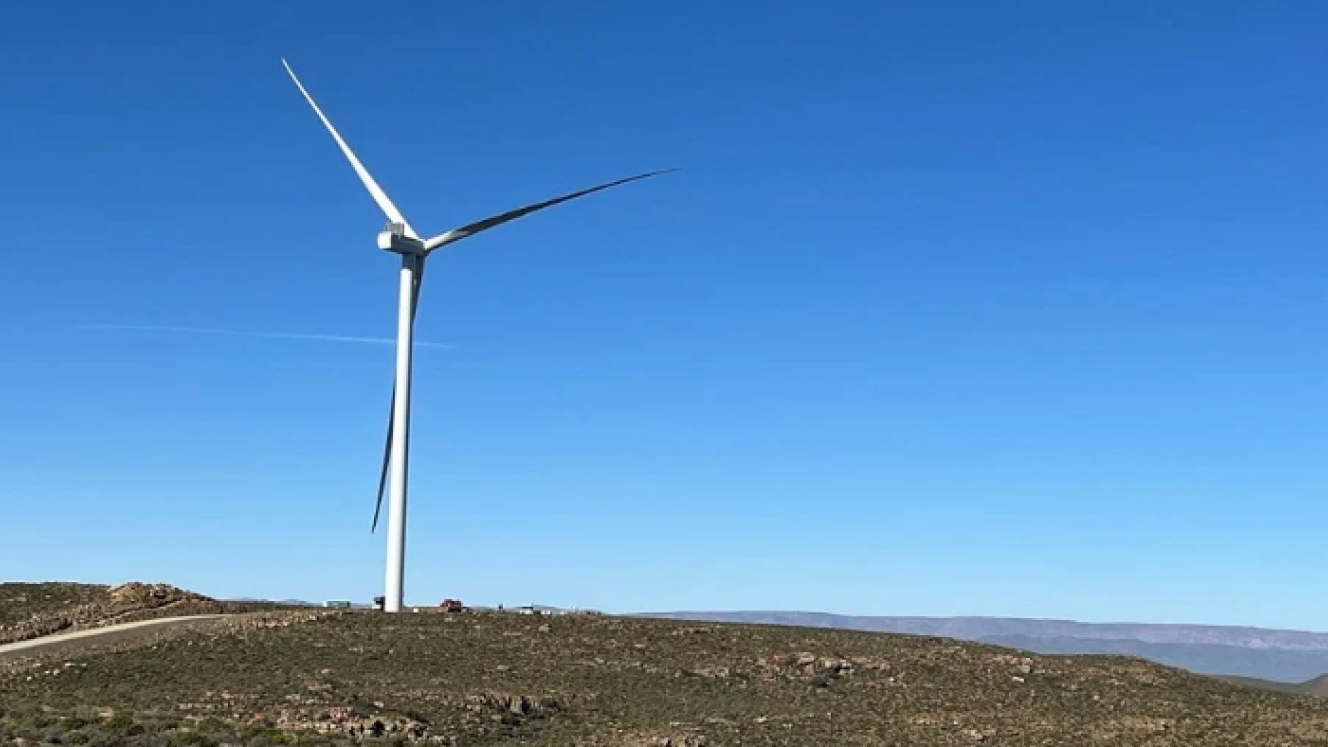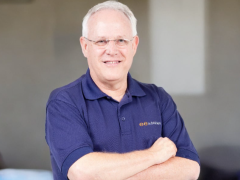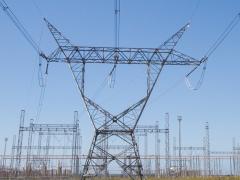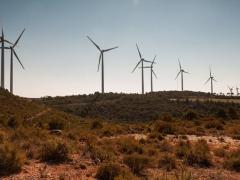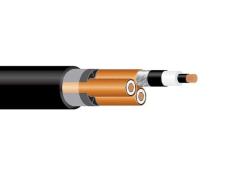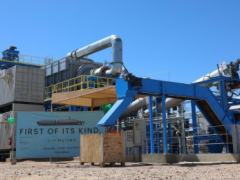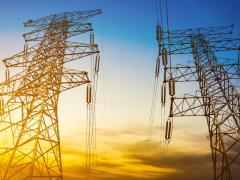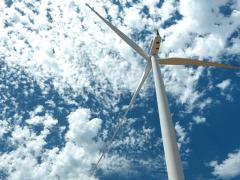As South Africa accelerates its renewable energy generation through initiatives like the Renewable Energy Independent Power Producer Procurement Programme, grid balancing challenges are becoming more pronounced. Experts warn, while Eskom's coal-generating fleet has improved, increasing reliance on intermittent renewable sources, like solar and wind, introduces new complexities in maintaining grid stability.
As solar and wind play an increasing role in South Africa’s energy mix, the likelihood of controlled power outages to prevent the grid frequency from going out of sync – and causing blackouts – rises, Isabel Fick, General Manager of the National Transmission Company South Africa (NTCSA) said in a recent interview with Rapport.
Behind-the-meter rooftop solar installations have compounded this challenge. “Between 16:00 and 19:00, Eskom’s electricity generation must increase by 4 000-5 000 MW. That’s a massive increase in a short time frame. Coal power stations cannot ramp up quickly. If they go cold, it can take up to 72 hours to restart.”
South Africa faces grid challenges similar to those experienced internationally such as the California Duck Curve effect where solar power generation declines steeply in the evening while electricity demand surges, an energy expert told Energize. “This imbalance during peak evening demand is becoming a critical issue. We need dispatchable sources like coal and nuclear to compensate for the fluctuations in renewable output but the grid is not yet equipped to handle this.”
While California uses gas generation to meet the demand spike, South Africa is exploring alternatives including increased storage capacity.
The 2019 Integrated Resource Plan and two subsequent determinations by the Minister of Electricity and Energy require procurement of 2 088 MW of renewables with utility-scale battery energy storage systems (BESS) from the private sector by 2030. The preferred bidders in the second window of the procurement programme, calling for 615 MW of BESS, are expected to be announced by the end of this month.
Meanwhile, to address these short-term challenges, Eskom has proposed grid curtailment – reducing renewable power output to maintain stability. “In the short term, the National Energy Regulator of South Africa’s approval of Eskom’s curtailment proposal would ease transmission constraints as more renewables come online,” said Rod Crompton, Visiting Adjunct Professor at the Wits Business School African Energy Leadership Centre.
In the long term, South Africa will need expanded transmission capacity and energy storage solutions like pumped hydro or large-scale batteries to absorb excess renewable energy and release it during peak demand periods. “We need to build more transmission infrastructure and we need to do it fast if we’re going to keep pace with the renewable energy push,” Crompton added.
Recent announcements by NTCSA and Eskom to expand transmission capacity are positive steps but experts caution these solutions will take time to implement. As the country navigates its energy transition, ensuring grid stability remains an urgent priority.

